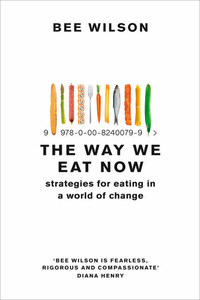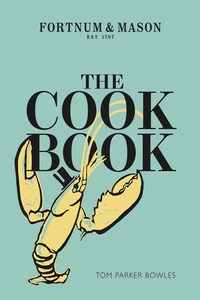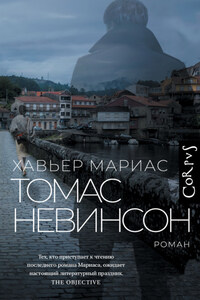4th Estate
An imprint of HarperCollinsPublishers
1 London Bridge Street
London SE1 9GF
www.4thEstate.co.uk
First published in Great Britain by 4th Estate in 2019
Copyright © Bee Wilson 2019
Bee Wilson asserts the moral right to be identified as the author of this work.
Diagrams redrawn by Martin Brown
Cover photographs © Shutterstock
All reasonable efforts have been made by the author and the publisher to trace the copyright holders of the images and material quoted in this book. In the event that the author or publisher are contacted by any of the untraceable copyright holders after the publication of this book, the author and the publisher will endeavour to rectify the position accordingly.
A catalogue record for this book is available from the British Library.
All rights reserved under International and Pan-American Copyright Conventions. By payment of the required fees, you have been granted the non-exclusive, non-transferable right to access and read the text of this e-book on-screen. No part of this text may be reproduced, transmitted, down-loaded, decompiled, reverse engineered, or stored in or introduced into any information storage and retrieval system, in any form or by any means, whether electronic or mechanical, now known or hereinafter invented, without the express written permission of HarperCollins.
Source ISBN: 9780008240769
Ebook Edition © Jan 2019 ISBN: 9780008240776
Version: 2019-02-12
Pick a bunch of green grapes, wash it, and put one in your mouth. Feel the grape with your tongue, observe how cold and refreshing it is: the crisp flesh, and the jellylike interior with its mild, sweet flavour.
Eating grapes can feel like an old pleasure, untouched by change. The ancient Greeks and Romans loved to eat grapes, as well as to drink them in the form of wine. The Odyssey speaks of ‘a ripe and luscious vine, hung thick with grapes’. As you pull the next delicious grape from its stalk, you could easily be plucking it from a Dutch still life of the seventeenth century, where grapes are tumbled on a metal platter with oysters and half-peeled lemons.
But look closer at this bunch of green grapes, cold from the fridge, and you see that they are not unchanged after all. Like so many other foods, grapes have become a piece of engineering designed to please modern eaters. First of all, there are almost certainly no grape seeds for you to either chew or spit out (unless you are in certain places such as Spain or China, where seeded grapes are still part of the culture). Strains of seedless grapes have been cultivated for centuries, but it is only in the past two decades that seedless has become the norm, to spare us the dreadful inconvenience of pips.
Here’s another strange new thing about grapes: the mainstream ones in the supermarket such as Thompson Seedless and Crimson Flame are always sweet. Not bitter, not acidic, not foxy like a Concord grape, not excitingly aromatic like one of the Muscat varieties of Italy, but just plain sweet, like sugar. On biting into a grape, the ancients did not know if it would be ripe or sour. The same was true, in my experience, as late as the 1990s. It was like grape roulette: a truly sweet one was rare and therefore special.

These days, the sweetness of grapes is a sure bet, because in common with other modern fruits such as red grapefruit and Pink Lady apples, our grapes have been carefully bred and ripened to appeal to consumers reared on sugary foods. Fruit bred for sweetness does not necessarily have to be less nutritious, but modern de-bittered fruits tend to contain fewer of the phytonutrients which give fruits and vegetables many of their protective health benefits. Most of the phytonutrients in green grapes were in the seeds. A modern red or purple seedless grape will still be rich in phenolics – nutrients that reduce the risk of certain cancers – from the pigments in its skin. But green seedless grapes contain few of these phytonutrients at all. Such fruit still gives us energy, but not necessarily the health benefits we would expect.>1
The very fact that you are nibbling seedless grapes so casually is also new. I am old enough to remember a time when grapes – unless you were living in a grape-producing country – were a special and expensive treat. But now, millions of people on average incomes can afford to behave like the reclining Roman emperor of TV cliché, popping grapes into our mouths one by one. Globally, we both produce and consume









